reefmutt
Active member
Oh yeah, I got some pics for everyone too!
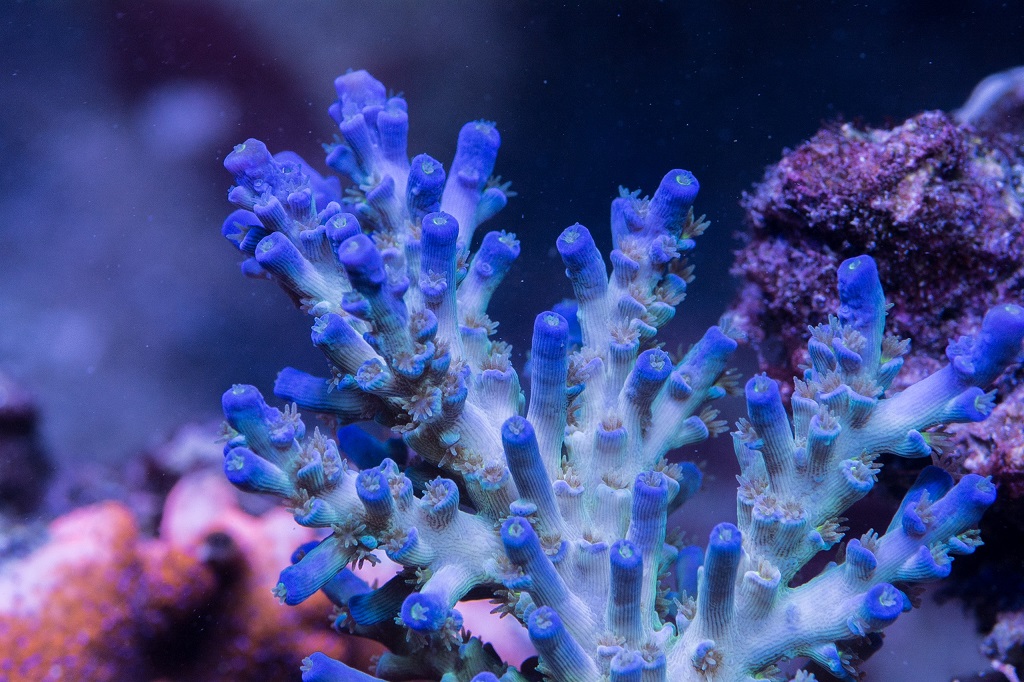
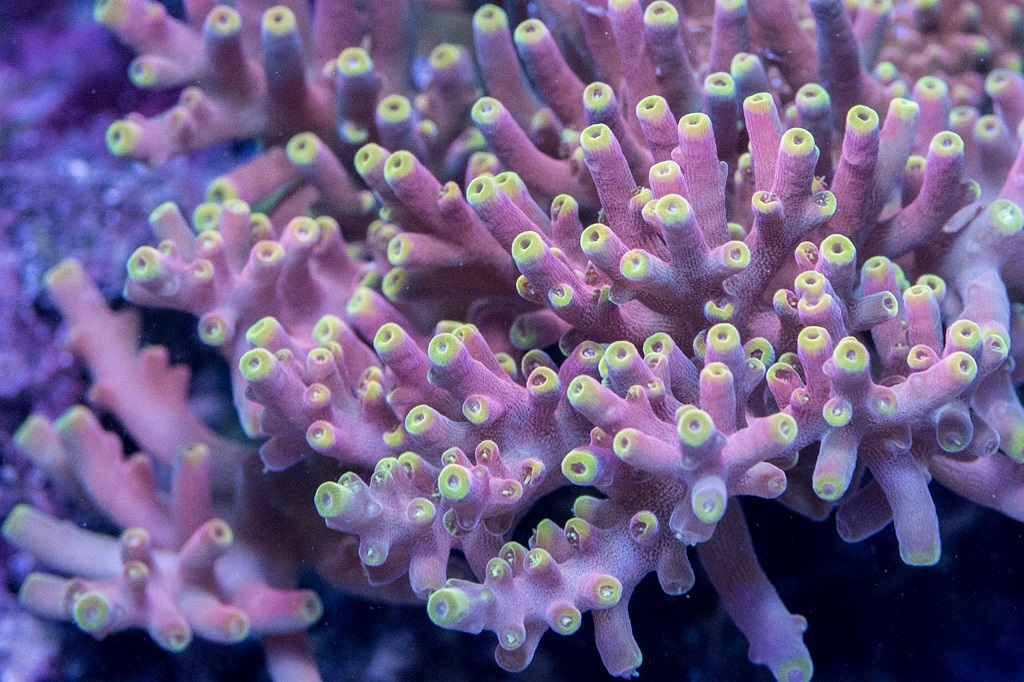
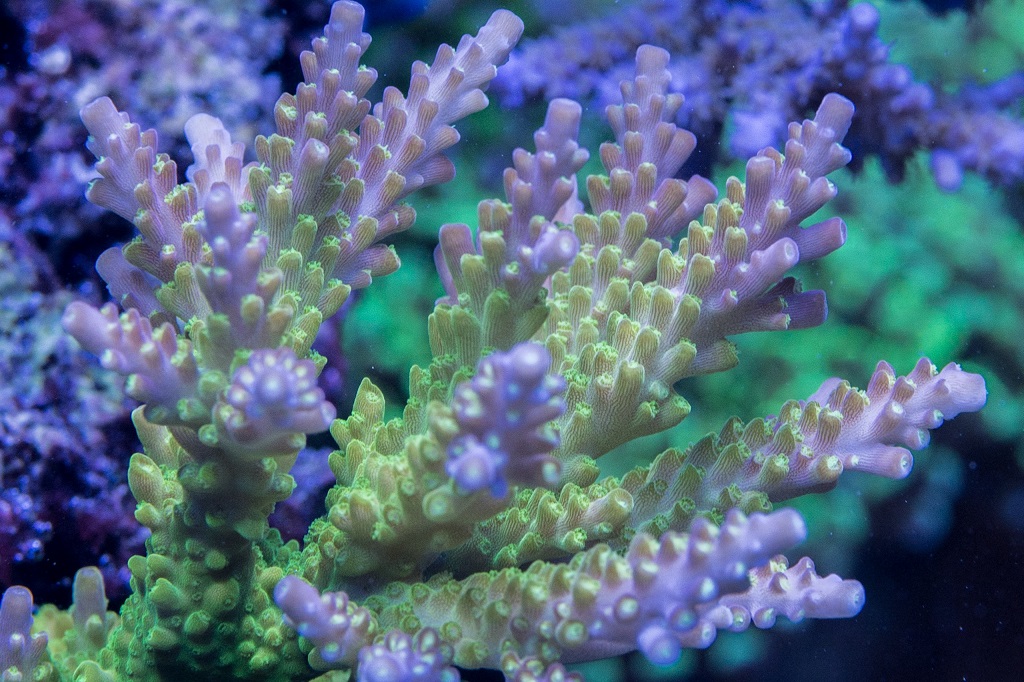
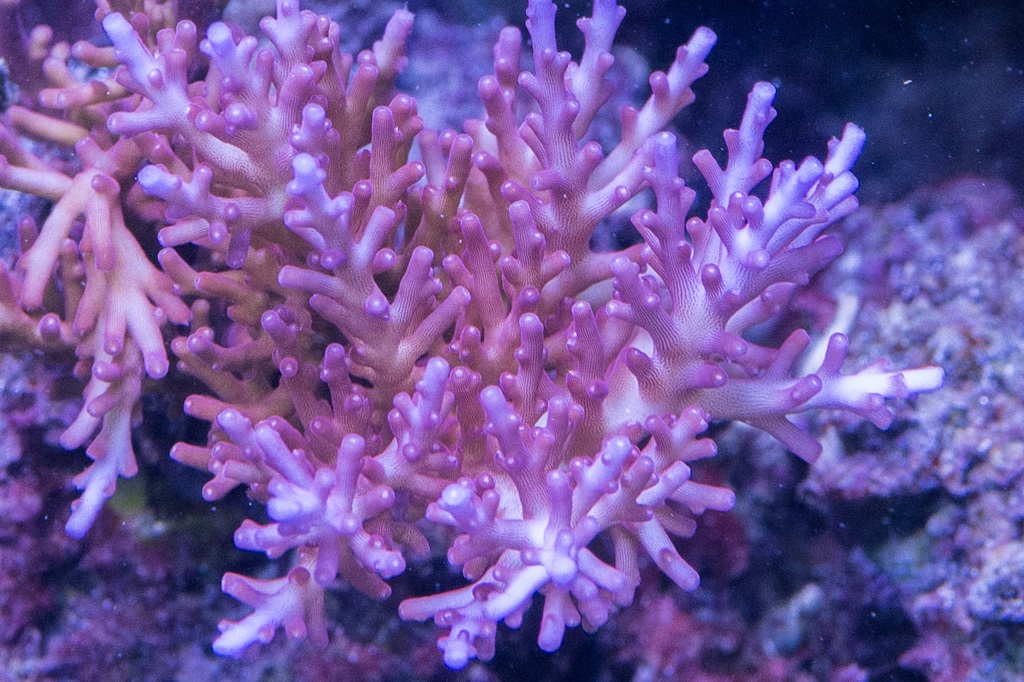

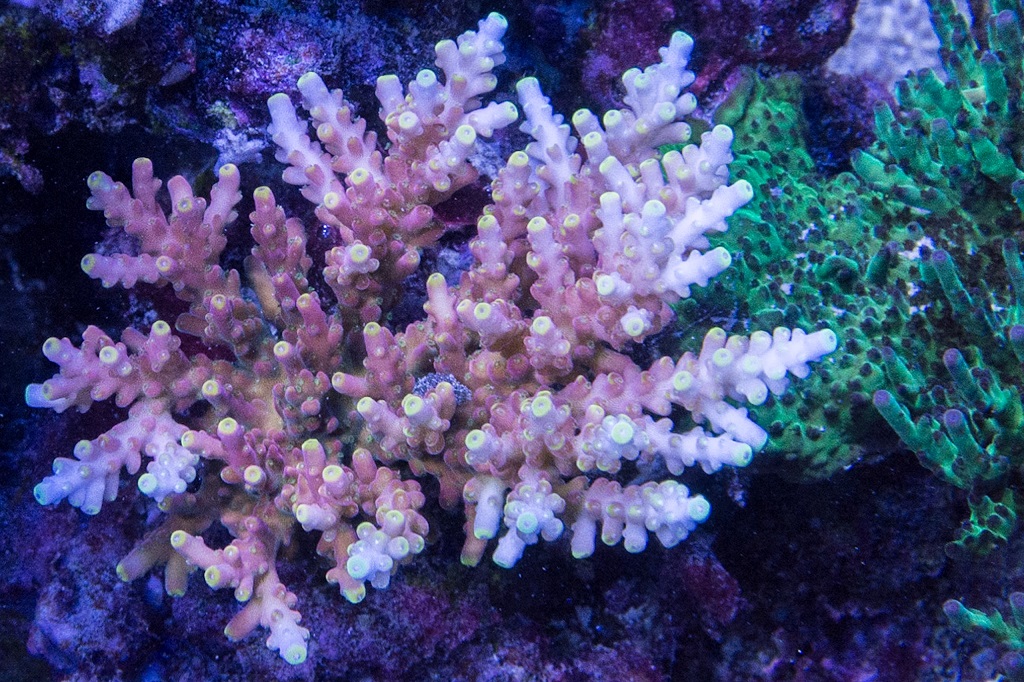
Oh baby.. I need a cigarette and I don't even smoke.
What's the first shot?
Oh yeah, I got some pics for everyone too!






Sort of. I monitor Nitrates pretty closely, I keep them around 5-10 ppm. Phosphates I really do not test anymore. However I was having some issues with my cheato not growing for about 6-8 months but my nitrates were fine so I just ignored it. Then, back in mid February I tested PO4 for the first time in about 8 months and they were at .52 lol! higher than I have had them in the past. In the end I swapped out the chaeto for some new stock from the LFS and the Phosphates started to come down, 2 weeks ago they were at .32 but I have not tested since. pH I don't really worry about, my apex monitors pH, it's always between 8.2 and 8.5 but I am not tracking it other than an occasional glance at the reading now and then.
So the high phosphate reading has really shone me that P is not nearly as important as I once thought it was years ago. My tank didn't brown out with P over 0 and didn't slow down growth at all. Lowering it has had no effect on anything either. I just still feel it is best not to let phosphates get too high which is why I took some corrective action.
Wow...amazing Joe!
Oh baby.. I need a cigarette and I don't even smoke.
What's the first shot?
Perhaps p becomes more significant (in terms of levels and movement up or down) when corals are not getting other elements that they need.. like he Z, I and Mang, you dose.. and maybe even the solid n levels allow for the corals to care less about p.. just thinking out loud..
Speechless looking great joe [emoji106]
Colors are so deep I love it!
That Bali shortcake looks amazing!
I will add it to my personal need to buy
Everything looks amazing! Colors are off the charts great.
The high phosphates are really something to think about. Clearly, the balance of your system [light, nutrients, elements, flow, bacteria] allows this to not be an issue. I think someone else's tank might not stand up to that number.
You are clearly pushing into rare air! It is a joy to follow along.
Your tank looks great..hove you done any water changes? If not how long since your last water chang?
How did that dark red spot arrive in your setosa colony? Was it stung by another coral at one point or did it just show up? Normally grafts are green so it's kind of cool. Unless I am seeing this wrong. Pics look awesome too!
Wow Joe, those are fantastic! I'm really glad to see the success you're having after the struggles. My tank is now 10 months old, and I've had quite a few struggles getting things on track, but I think I've finally gotten things rolling. I'll get a thread with pics up soon.
I'm not sure. I think that the extra elements I am adding do help with color and health of the coral, but I am a firm believer that people blame problems on readings when other factors are in play. Too many times I see people have acros brown out and blame it on a phosphate change of 0.05 or some other measured parameter, when really they had their hands in the tank, or just did a bunch of fragging or moved the rocks around. People are also quick to make big changes to their whole system in response to parameter readings.
A perfect example is I have a beautiful green soli that has been encrusting for a long time and doing pretty well, but only encrusting. About 3 weeks ago it started to recede and has steadily been declining. I had friend over recently that was surprised I wasn't doing anything. But my thoughts were I should leave it alone and see what happens. If I loose it, then so be it, but no other corals are effected and breaking it apart might cause other problems in the tank. Now the recession looks to have stopped but I lost probably 80% of the coral. But if it starts to grow again, what does it matter? I think sometimes we have to accept that acros have a certain ebb and flow that you need to be aware of. Some corals are prone to recession, other times you lose a coral for no apparent reason. The problem is that people are paying hundreds of dollars for tiny frags, so I can see that they want to save it. But many times it's just how things go.
Needed to be quoted. This has been a huge lesson for me this time around, and might be responsibly for the decent success I've been having. I forget who, or in what book, but someone once joked about acros ... don't just do something, stand there!
I'm not sure. I think that the extra elements I am adding do help with color and health of the coral, but I am a firm believer that people blame problems on readings when other factors are in play. Too many times I see people have acros brown out and blame it on a phosphate change of 0.05 or some other measured parameter, when really they had their hands in the tank, or just did a bunch of fragging or moved the rocks around. People are also quick to make big changes to their whole system in response to parameter readings.
A perfect example is I have a beautiful green soli that has been encrusting for a long time and doing pretty well, but only encrusting. About 3 weeks ago it started to recede and has steadily been declining. I had friend over recently that was surprised I wasn't doing anything. But my thoughts were I should leave it alone and see what happens. If I loose it, then so be it, but no other corals are effected and breaking it apart might cause other problems in the tank. Now the recession looks to have stopped but I lost probably 80% of the coral. But if it starts to grow again, what does it matter? I think sometimes we have to accept that acros have a certain ebb and flow that you need to be aware of. Some corals are prone to recession, other times you lose a coral for no apparent reason. The problem is that people are paying hundreds of dollars for tiny frags, so I can see that they want to save it. But many times it's just how things go.
I'm not sure. I think that the extra elements I am adding do help with color and health of the coral, but I am a firm believer that people blame problems on readings when other factors are in play. Too many times I see people have acros brown out and blame it on a phosphate change of 0.05 or some other measured parameter, when really they had their hands in the tank, or just did a bunch of fragging or moved the rocks around. People are also quick to make big changes to their whole system in response to parameter readings.
A perfect example is I have a beautiful green soli that has been encrusting for a long time and doing pretty well, but only encrusting. About 3 weeks ago it started to recede and has steadily been declining. I had friend over recently that was surprised I wasn't doing anything. But my thoughts were I should leave it alone and see what happens. If I loose it, then so be it, but no other corals are effected and breaking it apart might cause other problems in the tank. Now the recession looks to have stopped but I lost probably 80% of the coral. But if it starts to grow again, what does it matter? I think sometimes we have to accept that acros have a certain ebb and flow that you need to be aware of. Some corals are prone to recession, other times you lose a coral for no apparent reason. The problem is that people are paying hundreds of dollars for tiny frags, so I can see that they want to save it. But many times it's just how things go.
That and we are trying to keep corals together that would never be together in the ocean.. I mean some may be 20 or 30 feet apart in depth or not even in the same reef zone let alone the same ocean. We have this little box a few feet by a few feet and there are going to be things that can not survive. We cannot provide all conditions for all coral in this little box. Yea some adapt well and some do not. Some start wars and some of those wars we can not even see.
By the Way I know the thread is a little older now but good to see your new tank doing so well.
Also how is that skimmer working out still? I just ordered its little brother for a smaller tank.
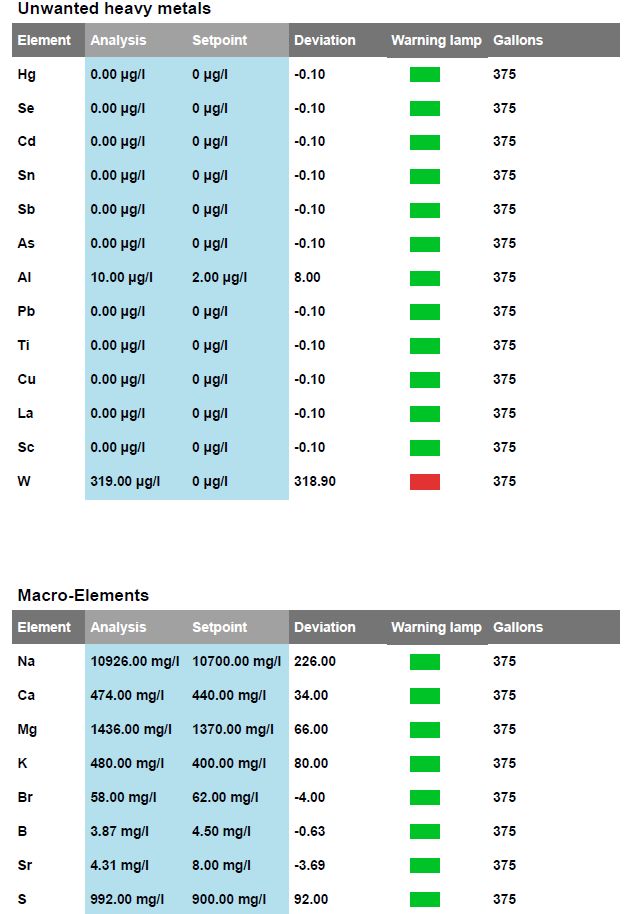
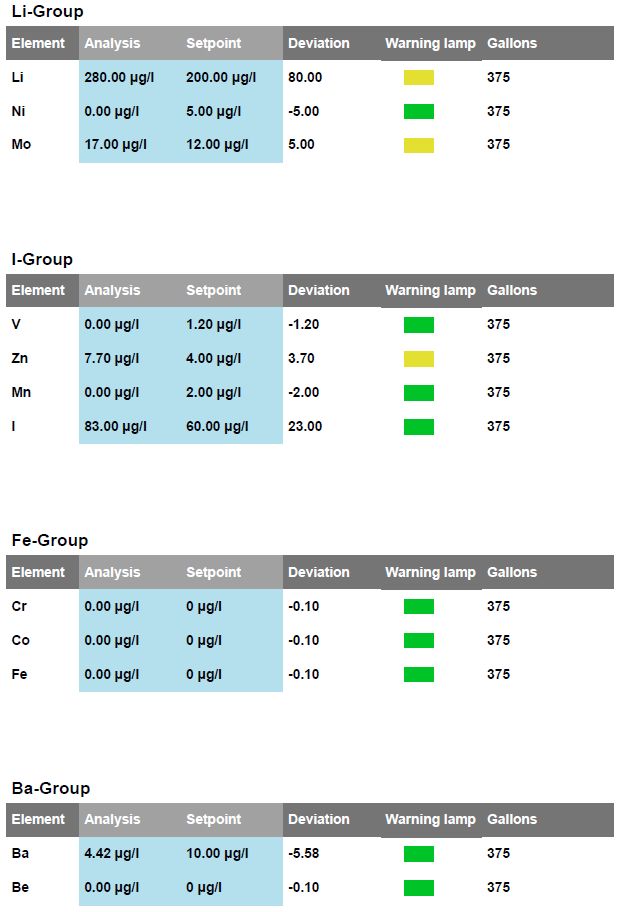
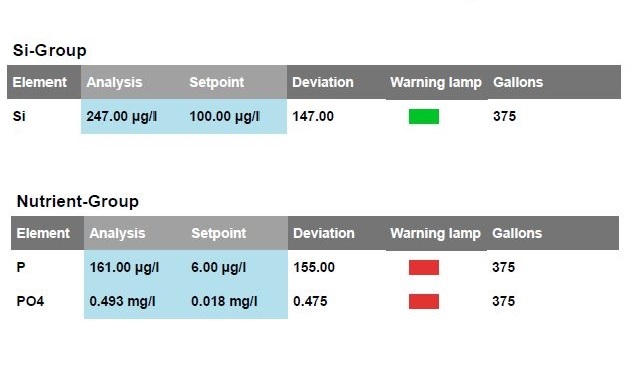

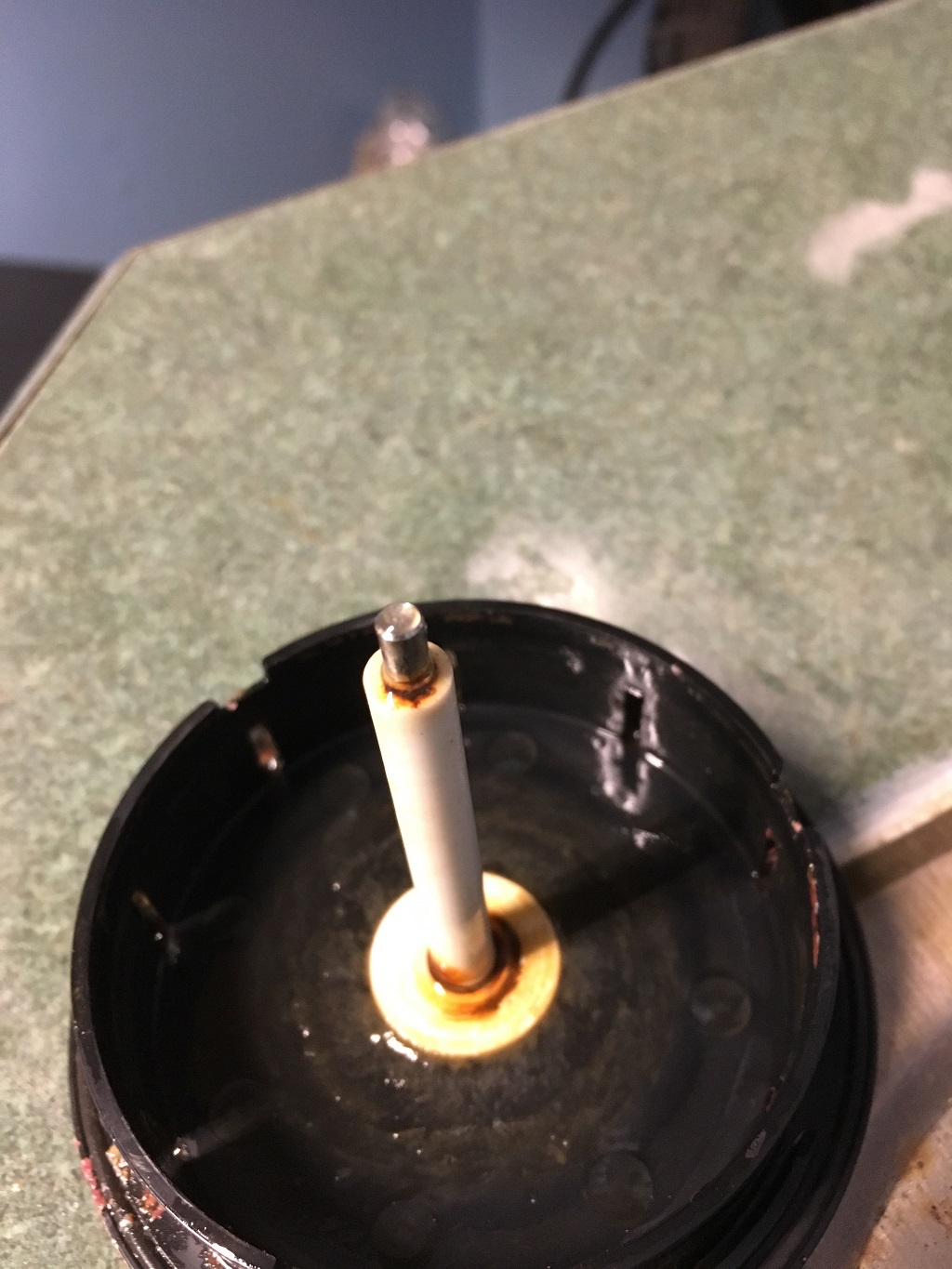

I am taking it you read this:
http://www.reef2rainforest.com/2016/10/21/coral-excerpt-the-high-price-of-being-cheap/
I would run polyfilters because they change colors based on what they remove, it may have warned you. They did for me once, They started to turn orange I believe it was.. I started to pop the backs off my pumps and there it was a Chinese pump not fully encased in epoxy like it should have and the thing was so rusty. I always run a small part of a poly filter just for the warning alone and not just because they remove heavy metals.
Since then I try to stay away from Chinese aquarium stuff. My Gyre worries me since it the only Chinese thing in my tank but they are so worth it for the flow they offer. I have seen no issues at all with them...
When I started to read Sicce you scared my because they are now primary what I uses.
EcoTech seems to have slipped in quality a little lately, Sad to see. I will stay away from the new quite drives for sure now. Wonder how many will pop theirs open to find the same issue.
I had no luck reducing my sky high tungsten levels with GFO or aluminum based phosphate removers or polyfilters. Large frequent water changes was the only effective method. I did not try massive amounts of the phosphate removers so they may work, but consider the impact of removing all of the phosphate from your system.
